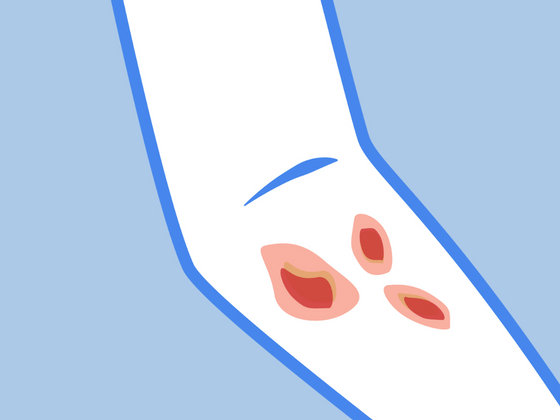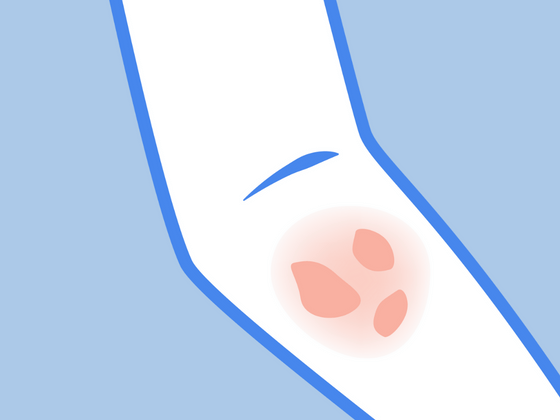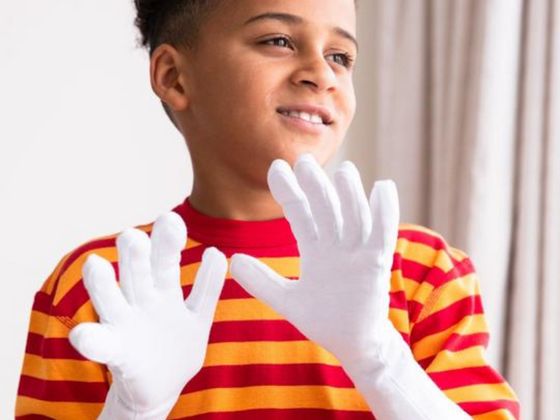Papular eczema is a type of eczema that’s identified by a rash of small, itchy, red bumps. These bumps are known as papules, hence the name. Papular eczema can leave the skin feeling itchy and vulnerable to infection if scratching causes the skin to crack or bleed.
Read on to learn more about symptoms and the best papular eczema treatment options.
Please keep in mind that although these tips and information have worked for several sufferers, we are in no way, medical professionals. If you’re experiencing severe symptoms or have a topical infection, it is always best to seek medical advice immediately.
Signs and Symptoms of Papular Eczema
Papular eczema, like all types of eczema, is characterized by a rash. However, rather than being red and flakey, papular eczema is defined by small lumps. These lumps can look similar to pimples but without pus. These bumps usually develop on the torso, arms, and legs. In addition to the bumps, you can expect itchiness and dry, cracked skin.
What Causes Papular Eczema?
Like all forms of eczema, researchers aren’t exactly sure what causes papular eczema but genes are believed to play a role.
Environmental factors can also trigger flare-ups. Some factors that can ignite a reaction in the immune system include pollution, smoke, laundry detergent, and pollen. Fabrics of clothing or contact with metals such as nickel can also be triggering.
While anyone can develop papular eczema, studies show that it is more likely to affect people with darker skin tones such as those of African or Asian descent.
Natural Papular Eczema Treatments
Unfortunately, there is no cure for eczema but there are ways to manage symptoms and soothe itchiness. Here are some of our top recommendations for managing and preventing symptoms the natural way.
Reduce Shower Times
Hot water, and water in general, have a tendency to dry out the skin. That’s why we recommend reducing bathing and showering times to no more than 10 minutes. We also recommend using lukewarm water instead of hot.
Be sure to pat dry your skin with a towel when you are finished to avoid further aggravating your skin.
Keep the Skin Well Moisturized
Keep dryness and the accompanying itchiness at bay by ensuring your skin is well-hydrated throughout the day.
We recommend this Baby & Adult Soother because it’s made with only the most natural ingredients of the highest quality. As the name suggests, it’s safe and effective for adults and little ones alike. Free from colorants, artificial fragrances, preservatives, and chemicals, it’s a great addition to your natural skincare routine.
Use a Natural Soap
Did you know that many soaps contain harsh chemicals or ingredients that strip the skin of its natural oils? That’s why it’s so important to switch to a natural soap that promotes hydration.
We love this eczema soap because it leaves the skin feeling soft, smooth, and supple. It’s made with just 3 wholesome ingredients that provide cleansing without causing further irritation or dryness, which is why we also love it for washing hand eczema. Made with sensitive skin in mind, it’s a great choice for babies and adults alike.
Switch to a Natural Laundry Detergent
Laundry detergents can leave behind residue on your clothing that then irritates your skin.
In fact, around 2% of a garment's weight comes from laundry detergent residue. Yuck!
That's why this SmartKlean Laundry Ball is the best detergent for sensitive skin. It's an eczema-safe laundry detergent alternative because it’s gentle and non-toxic. Treat your skin to fresh, clean clothing that doesn’t irritate your skin.

Bio: Kazandra is a contributor and content developer for The Eczema Company with a flair for creative storytelling rooted in strategy. Her comments, suggestions, and reflections are not intended to replace any medical advice. Always seek the help of a medical professional before undertaking any diet or lifestyle changes.








